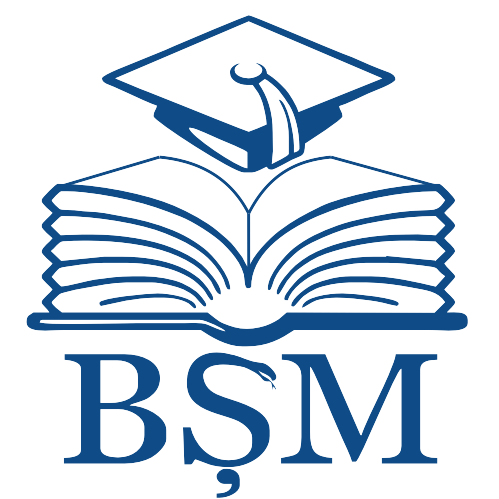| DC Field | Value | Language |
|---|
| dc.contributor.author | Ferdohleb, Eugenia | - |
| dc.date.accessioned | 2021-09-29T08:36:07Z | - |
| dc.date.available | 2021-09-29T08:36:07Z | - |
| dc.date.issued | 2014 | - |
| dc.identifier.citation | FERDOHLEB, Eugenia. Salivary cystatins - biological role and diagnostical value. In: MedEspera: the 5th Internat. Medical Congress for Students and Young Doctors: abstract book. Chișinău: S. n., 2014, p. 15-16. | en_US |
| dc.identifier.uri | https://repository.usmf.md/handle/20.500.12710/18029 | - |
| dc.description.abstract | Introduction: This paper provides insights of the latest studies regarding the structure,
properties and taction of cystatins belonging to family II, salivary cystatins in particular.
Materials and methods: Relevant articles on the topic for the period from 1996 to 2013 were
analyzed, using PubMed database and the following key words: cystatins, cystein proteases, and
salivary cystatins. Results: Nowadays the cystatinsuper family is known to comprise about 30 members.The
members of cystatin family II -cystatin C, D, S, SA, SN, E/M and F, are found in body fluids. Their
involvement in inflammatory processes, cancerogenesis and metastasis, bone remodeling and in other
processes has been undoubtedly demonstrated.Cystatins S, SN and SA were found in submandibular
and sublingual glands, while cystatin D was detected only in parotid glands. Salivary cystatinsS, SN,
SAand D contribute to the maintenance of the oral health through the inhibition of endo- and exogen
cysteine proteases, antimicrobial and antiviral protection and regulation of hard tooth tissue remodeling.
Conclusions: Studies of major significance attest the clinical utility of cystatins’ assay
(cystatin C) for the diagnosis of some diseases (for ex. renal failure). In addition, cystatin C, among
other cystatins, decreases the formation of osteoclasts by interfering at a late stage of pre-osteoclast
differentiation.Cystatin D is produced by the parotid gland and is secreted through blood serum to
the whole body, similar to a hormone, and thus there are set new research directions of cystatins as
markers of diseases, including the ones causing oromaxillofacial pain, prosopalgia, and the
monitoring of disease’s evolution and of treatment efficiency. | en_US |
| dc.language.iso | en | en_US |
| dc.publisher | Ministry of Health of the Republic of Moldova, State Medical and Pharmaceutical University Nicolae Testemitanu, Medical Students and Residents Association | en_US |
| dc.relation.ispartof | MedEspera: The 5th International Medical Congress for Students and Young Doctors, May 14-17, 2014, Chisinau, Republic of Moldova | en_US |
| dc.subject | cysteine proteases | en_US |
| dc.subject | cystatins | en_US |
| dc.subject | salivary cystatins | en_US |
| dc.subject | disease marker | en_US |
| dc.title | Salivary cystatins - biological role and diagnostical value | en_US |
| dc.type | Other | en_US |
| Appears in Collections: | MedEspera 2014
|


